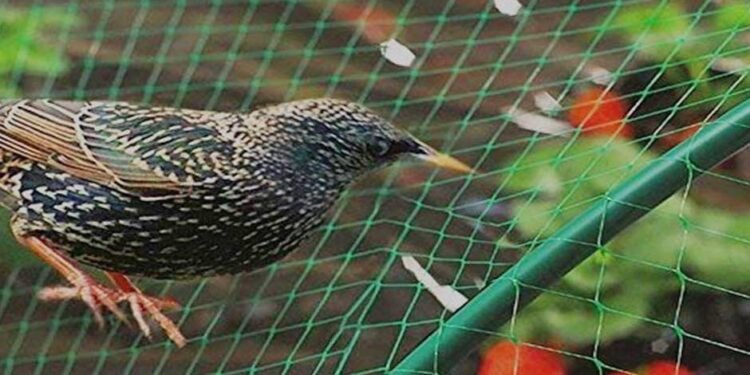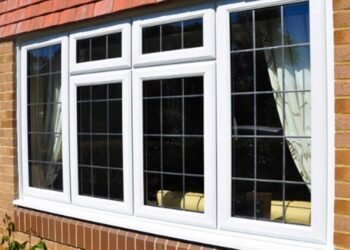Are birds causing trouble on your property? From eating your plants to leaving guano all over your home, many feathered species are becoming a nightmare for urban families. The real problem is that they’re tricky to get rid of once they make your house their home. Bird nests are protected by law, which means that preventative measures are the only way for success.
If you’re being proactive and want to stop a Bird infestation, anti-bird netting is one of the best solutions. Let’s be honest and say that it’s not the cheapest thing you’ve ever bought. Unfortunately, it’s something that is just necessary. The key to saving money is ensuring you make the right decisions and take care of your anti-bird netting. Here are some tips to extend the lifespan of this new addition.
Choose High-Quality Materials
Ever heard the phrase “you’re only as strong as your weakest link”? The same goes for anti-bird netting. Invest in high-quality materials that can stand up to the persistent pecking and probing of our feathered foes. Look for sturdy options that won’t succumb to wear and tear.
You might be on the fence about whether you want to use DIY solutions or hire experts. It’s advised to go with the latter. They’ll know the best materials to use, which will achieve its purpose and be durable enough for UK weather. For example, Apex Bird Control offer the best bird netting service in London. Their team are happy to give you advice and create a bespoke design for your building. Of course, they’re also carefully selecting high-quality materials for the project.
Regular Inspection and Maintenance
Now, let’s talk TLC for your netting once it’s installed. Make it a habit to inspect regularly for battle scars. Small tears might seem harmless, but they’re like an open invitation to trouble. A quick stitch here, a patch there – your netting will thank you for the love.
Since your anti-bird netting is likely to be high up on your building, ensure that you get professional help if you notice damage. It can be dangerous to repair netting that’s high up on roofs if you don’t know what you’re doing. Experts have safety equipment and the expertise necessary to make the best decisions.
Weather-Proofing Strategies
Mother Nature can be a formidable opponent. Your netting faces rain, wind, and sunshine daily in the UK. Apply weather-proofing techniques to shield it from the elements. A netting that laughs in the face of bad weather? Now, that’s what we’re aiming for.
This point also highlights why you should choose high-quality materials to begin with. They’re going to be selected for their ability to stand up to the bad weather in the UK. Then, you’re going to have less maintenance involved.
Wildlife-Friendly Design
Let’s create a win-win situation. Design your netting setup to deter birds without causing harm. Bird-friendly and durable – it’s the perfect combo. Because let’s face it, we want a bird-free garden, not a bird trap.
The point of anti-bird netting is to deter them from coming near your building. Choosing the right design is imperative to achieve this goal. If it’s not properly installed, it can lead to unnecessary damage that doesn’t prolong the netting’s life.
Storage Practices
The gardening season might take a hiatus, but the care for your netting doesn’t. Proper storage during the off-season is crucial. Find a cool, dry place for your netting to hibernate until it’s time for the next growing season. Indeed, some installation processes can be temporary, and this is something to ask the bird control company about. They might be able to reinstall it again when it’s necessary.
Repairing Small Damages Promptly
Small damages left unattended can snowball into bigger problems. Be vigilant and repair minor tears promptly. It’s like giving your netting a healing potion – swift and effective. Don’t delay if you do see damage to the netting. It can grow in size before you know it, spreading and making sure you replace it. Plus, it can allow birds to get through.
Conclusion
And there you have it – your go-to guide for making your anti-bird netting successful and durable for your home. From choosing the right materials to repairing damage as soon as you see it, these tips will keep your netting in top-notch shape. Here’s to a garden where your plants thrive and the birds look for snacks elsewhere. Plus, you protect the value of your home and ensure it has curb appeal throughout the whole year.












